All Science
- Bizarre Russian rock contains 30,000 diamonds
Unearthed from a diamond mine in Russia and donated to science, the rock contains concentrations of diamonds millions of times greater than that of normal diamond ore.
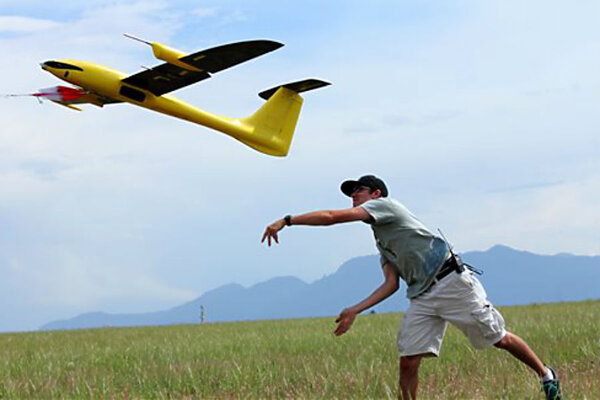 What drones can teach us about tornadoes
What drones can teach us about tornadoesA new research project will use drones to study tornadoes. Drones can take measurements at any altitude up to about 2,500 feet — higher than measurements by ground stations and storm-chasing vehicles.
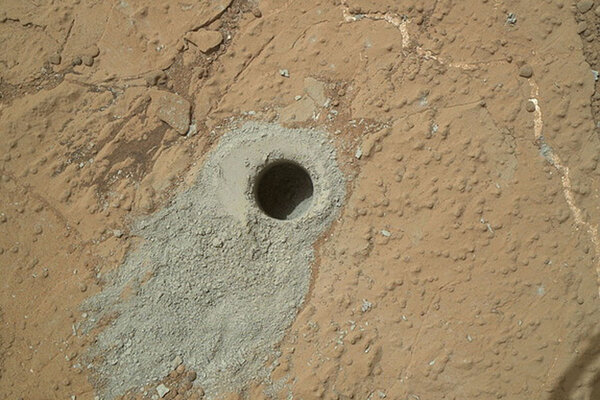 Life on Mars? NASA rover spots ingredients.
Life on Mars? NASA rover spots ingredients.NASA's Curiosity Mars rover has detected organic chemicals inside a Martian rock, further bolstering the case that the Red Planet was once habitable.
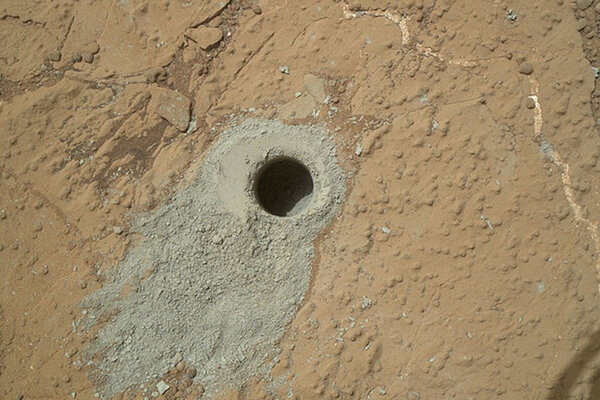 How's the water on Mars? Curiosity rover finds out.
How's the water on Mars? Curiosity rover finds out.NASA's Curiosity Mars rover has detected water locked inside a rock, shedding light on what the Red Planet's surface water was like billions of years ago.
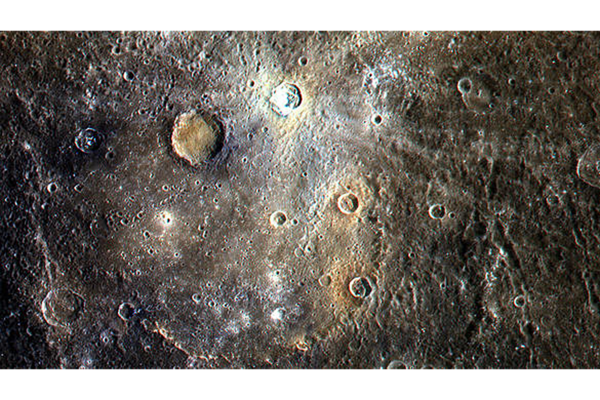 Now is your chance to name a crater on Mercury
Now is your chance to name a crater on MercuryThe outreach team for NASA's MESSENGER probe is seeking potential names for craters on Mercury to be submitted for consideration by the International Astronomical Union.
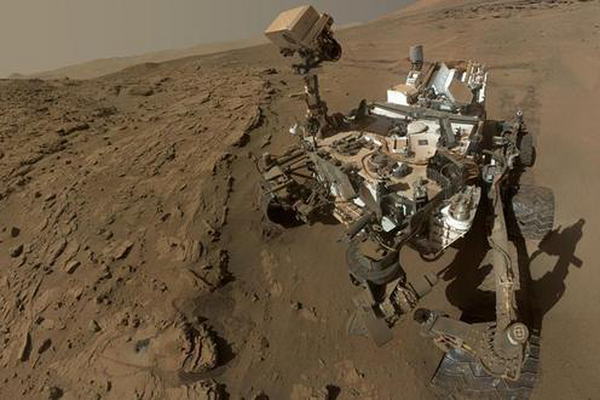 Mars methane discovery: What does it mean?
Mars methane discovery: What does it mean?Just a week after announcing that bodies of liquid water could have persisted on Mars long enough to sustain microbial life, NASA's Curiosity Mars rover team say they have detected signs of organic compounds in its rocks and methane in its air.
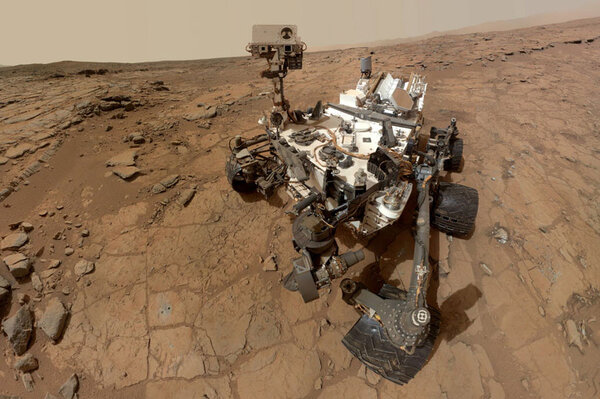 Mars burped? NASA's Curiosity detects methane pulses that could hint at life
Mars burped? NASA's Curiosity detects methane pulses that could hint at lifeThe methane measurements are of keen interest because they could have a biological origin, although at this point that remains an open question, scientists caution.
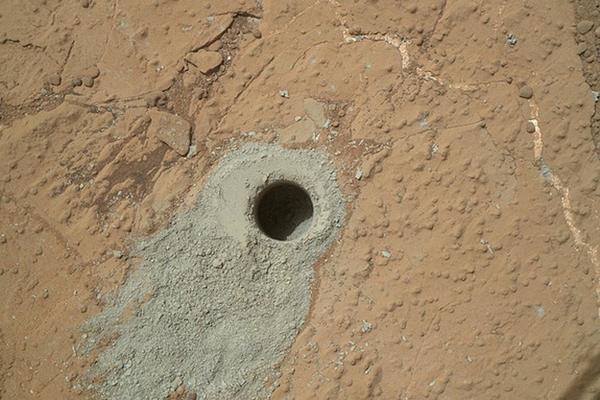 Methane on Mars? Curiosity discovery boosts case for Martian life.
Methane on Mars? Curiosity discovery boosts case for Martian life.Ephemeral spikes in methane levels detected by NASA's Curiosity Mars rover just might mean that the Red Planet supported life at one point, say scientists.
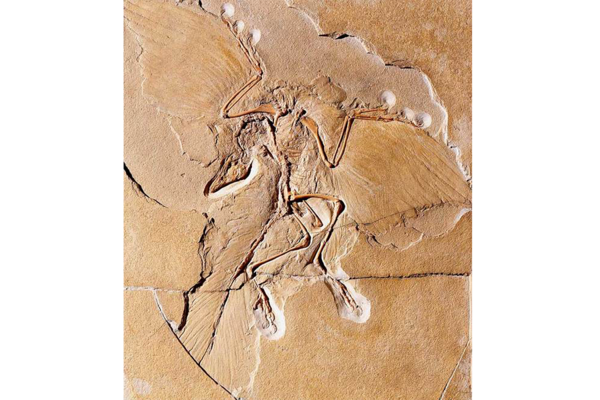 How did birds lose their teeth?
How did birds lose their teeth?The common ancestor of all birds is thought to have teeth, but modern-day birds don't. New research helps pinpoint when birds evolved toothlessness.
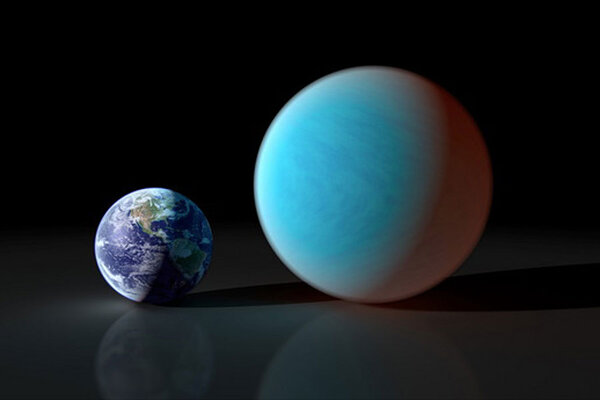 Ground-based telescope spots alien 'Super-Earth'
Ground-based telescope spots alien 'Super-Earth'A telescope on the Canary Islands has spotted a planet twice the size of Earth as it passed in front of a star, the first time a planet in this category has been detected by a ground-based telescope.
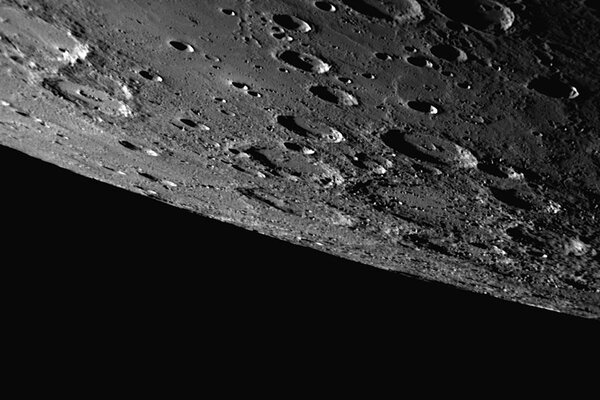 Want to name a crater on Mercury? Here's your chance.
Want to name a crater on Mercury? Here's your chance.NASA's MESSENGER science team is collecting names for potential impact craters to be subitted to the International Astronomical Union.
 How did we domesticate horses? Genetic study yields new evidence.
How did we domesticate horses? Genetic study yields new evidence.Genes related to strength, speed, and agreeableness differentiate ancient wild horses from contemporary domesticated ones, new research reveals.
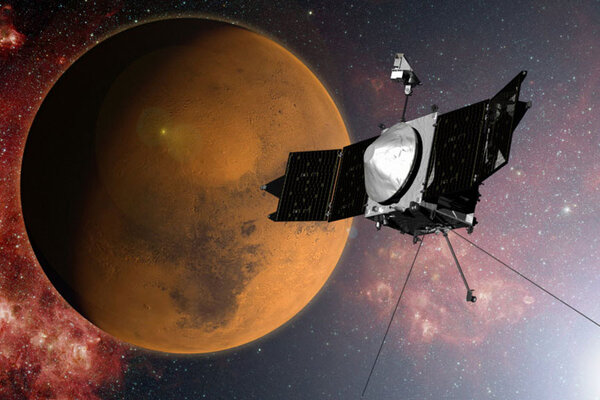 First results from NASA's MAVEN may offer clues to how Mars lost its water
First results from NASA's MAVEN may offer clues to how Mars lost its waterMAVEN, which arrived at Mars in September, has returned data highlighting two key processes that may have played a role in Mars's missing water, which scientists believe was lost to space.
 Only five white rhinos left on earth. Can this species be saved?
Only five white rhinos left on earth. Can this species be saved?Scientists are looking for ways to engineer a return of the northern white rhino population, which has been devastated by poaching.
- Geminid meteor shower peaks: Yes, some falling stars could reach earth
The year’s most spectacular stellar display is peaking. Clear skies and a late moonrise could boost viewership. Long, bright arcs expected from burning 3200 Phaeton asteroid tailings.
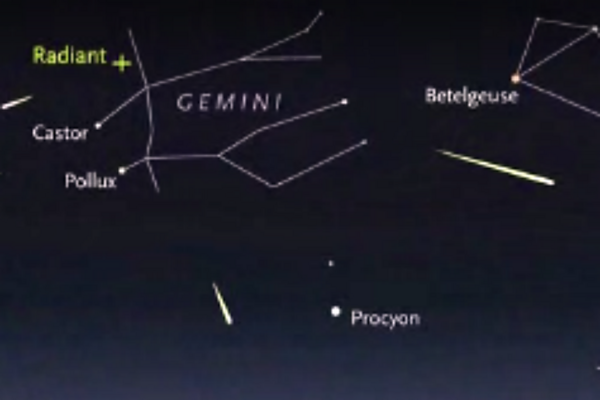 How (and where) to watch tonight's Geminid meteor shower
How (and where) to watch tonight's Geminid meteor showerGeminid meteor shower: Viewers in the Southwest and Southeast will have the best meteor viewing conditions. Here are some strategies for blocking the moonlight and nearby artificial light.
 Did a European spacecraft detect dark matter?
Did a European spacecraft detect dark matter?Data from a European Space Agency spacecraft shows an X-ray signal that corresponds to no known element or particle, leading some scientists to believe they have finally detected dark matter.
 Do X-rays from distant galaxies offer first look at dark matter?
Do X-rays from distant galaxies offer first look at dark matter?A team of astronomers in Europe reports detecting X-ray emissions that could be a more definitive signature of dark matter – one that also would yield clues about what dark matter is made of.
 Annie Jump Cannon: Why organizing the cosmos took a woman's touch
Annie Jump Cannon: Why organizing the cosmos took a woman's touchAnnie Jump Cannon, celebrated on the 151st anniversary of her birth, devised a system of classifying stars that is still in use today.
- How much plastic have we dumped in the ocean?
There are about 269,000 tons of plastic debris in the oceans – mostly in the form of tiny particles – that are killing animals and destroying ecosystems around the globe, report researchers after a six-year study.




















